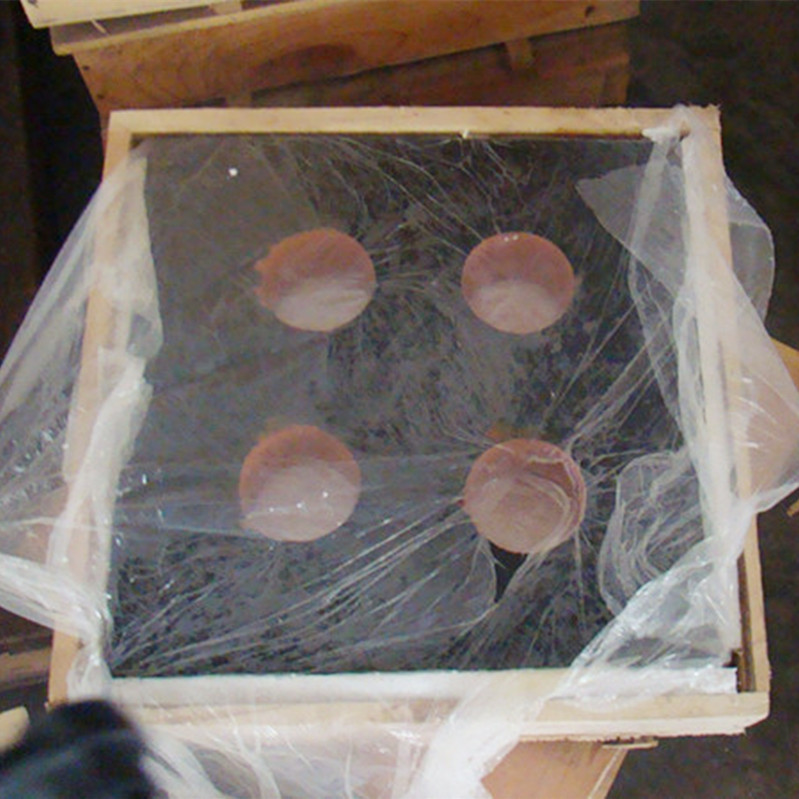Dec . 04, 2024 10:32 Back to list
pin gauge measurement method
Understanding the Pin Gauge Measurement Method
The pin gauge measurement method is a widely used technique in various industries for assessing the dimensional accuracy of holes, slots, and other precision features in components. It is especially prevalent in manufacturing, engineering, and quality control environments, where precision is paramount. This article explores the principles behind pin gauge measurement, its applications, advantages, limitations, and best practices to enhance accuracy.
Principles of Pin Gauge Measurement
Pin gauges are simple yet effective tools used to evaluate the size of holes and openings. These gauges are made of metal or high-strength materials and come in various diameters, typically ranging from a few thousandths of an inch to several millimeters. Each pin gauge has a specified diameter, allowing it to serve as a go/no-go gauge.
The fundamental principle behind this method lies in the geometric relationship between the pin and the hole. If the pin gauge fits into the hole, the hole's diameter is at least equal to or greater than that of the pin. Conversely, if the pin does not fit, it indicates that the hole is either too small or out of tolerance. This binary assessment helps streamline the measurement process without the need for intricate measuring instruments.
Applications of Pin Gauge Measurement
Pin gauges are used across several industries. In manufacturing, they help ensure that components meet specified tolerances, which is critical for machinery, automotive parts, and aerospace components. In quality control, pin gauges help maintain compliance with industry standards, ensuring that products are manufactured within acceptable limits.
Another significant application is in assembly processes, where precise fitment is required. Pin gauges serve as an efficient means to verify that parts will align and function correctly when fitted together. Additionally, the method is often utilized during tool calibration to guarantee that the equipment operates accurately.
Advantages of Pin Gauge Measurement
One of the most notable advantages of the pin gauge measurement method is its simplicity. Unlike more complex measuring instruments, pin gauges require minimal training and can be easily utilized by operators on the shop floor. This ease of use translates into faster measurement cycles, increasing overall productivity.
pin gauge measurement method

Moreover, pin gauges are highly accurate and provide immediate feedback. They do not rely on electronic components, making them resistant to damage and less susceptible to calibration errors over time. Their robustness allows for use in various environments, from clean rooms to rough industrial settings.
Furthermore, pin gauges are a cost-effective solution for dimensional measurement
. Given their relatively low manufacturing cost compared to advanced measurement systems, they are an accessible tool for businesses of all sizes.Limitations of Pin Gauge Measurement
Despite their many advantages, pin gauges do have limitations. They are primarily suited for cylindrical holes and may not be effective for measuring features of complex geometries. The accuracy of a pin gauge measurement can also be affected by the surface finish of the hole; for example, a rough surface might cause resistance, leading to incorrect assessments.
Additionally, the sizes of pin gauges may not cover all possible tolerances, requiring a set of various gauges for comprehensive measurement. This can increase the complexity and space requirements for storage and management.
Best Practices for Accurate Measurement
To enhance the effectiveness of pin gauge measurements, certain best practices should be followed. First, ensure that the pin gauges are regularly calibrated and checked for wear or damage. Cleanliness is essential; both the gauges and the holes should be free from debris and contaminants to avoid measurement errors.
Moreover, it's advisable to allow the components to reach a stable temperature before measurement, as thermal expansion can impact size. Finally, operators should be trained in proper gauge usage techniques to maximize accuracy and reliability.
Conclusion
The pin gauge measurement method remains a vital tool in quality control and manufacturing processes. Its simplicity, accuracy, and cost-effectiveness make it an invaluable resource for verifying the dimensional integrity of components. While it has its limitations, adherence to best practices can significantly enhance the reliability of measurements, ensuring that products meet the high standards expected in today's competitive industries.
-
Why Metric Trapezoidal Thread is Ideal for Precision Motion ControlNewsAug.05,2025
-
The Unique Properties of a Block of Granite for Industrial UseNewsAug.05,2025
-
The Role of Flanged Y Strainers in Preventing Pipeline ClogsNewsAug.05,2025
-
The Importance of Regular Calibration for Master Ring GagesNewsAug.05,2025
-
How a Cast Iron Surface Table Enhances Accuracy in ManufacturingNewsAug.05,2025
-
Comparing Different Check Valve Types for Optimal Flow ControlNewsAug.05,2025
Related PRODUCTS









